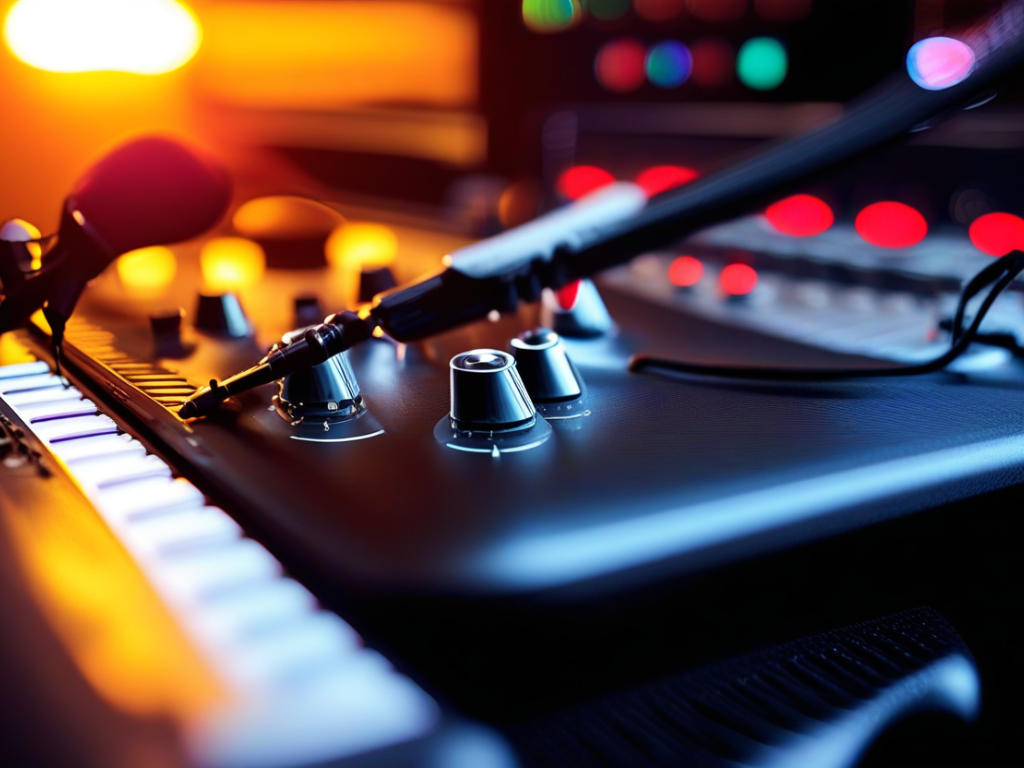One of the most powerful tools at your disposal when seeking to elevate your listening experience is the equalizer, commonly known as EQ. Mastering EQ settings on your music player can drastically impact how your music sounds, allowing you to fine-tune the audio to suit your preferences like a seasoned professional. Whether you’re a casual listener or an audiophile delving into the intricacies of sound, understanding how to wield EQ effectively can unlock a world of sonic possibilities. Let’s dive into the realm of mastering EQ settings to unravel the secrets of shaping your sound to perfection.
In this article you will find:
- Understanding the Basics of EQ
- Frequency Bands
- Optimizing EQ for Your Music Player
- Experiment with Presets and Custom Settings
- Use Reference Tracks for Comparison
- Advanced Techniques for Precision EQ
- Parametric EQ vs. Graphic EQ
- Room Acoustics and EQ Correction
- Conclusion
Understanding the Basics of EQ
Equalization is the process of adjusting the balance between different frequency components within an audio signal. In simpler terms, EQ allows you to boost or cut specific frequency ranges to alter the tonal qualities of the sound. By comprehending the fundamental principles of EQ, you can effectively manipulate the audio output to achieve the desired sonic characteristics.
Frequency Bands
Most EQ settings on music players target specific frequency bands, such as bass (low frequencies), midrange (mid frequencies), and treble (high frequencies). Understanding the characteristics of each frequency band is crucial in making informed adjustments to the sound profile. For example, boosting the bass frequencies can result in a fuller, more robust sound, while attenuating the treble can reduce harshness and create a smoother listening experience.
Optimizing EQ for Your Music Player
When fine-tuning your music player’s EQ settings, it’s essential to consider the type of music you’re listening to, the quality of your audio equipment, and your personal preferences. Here are some tips to help you optimize EQ like a pro:
Experiment with Presets and Custom Settings
Many music players come equipped with pre-configured EQ presets tailored to different music genres or listening environments. While presets can provide a quick starting point, don’t hesitate to create custom EQ settings that align with your individual taste. Take the time to experiment with various presets and manual adjustments to discover the perfect sound signature for your listening sessions.

Use Reference Tracks for Comparison
Utilizing reference tracks—songs that you’re familiar with and that exhibit a balanced audio mix—can help you fine-tune your EQ settings more effectively. By comparing how different tracks sound with various EQ adjustments, you can develop a better sense of how each frequency band influences the overall sound quality.
Advanced Techniques for Precision EQ
For those seeking to delve deeper into the realm of mastering EQ settings, there are advanced techniques that can elevate your audio tuning skills to a higher level:
Parametric EQ vs. Graphic EQ
Understanding the differences between parametric EQ and graphic EQ is essential for precise audio manipulation. While graphic EQ offers fixed frequency bands with adjustable gain, parametric EQ allows you to select specific frequencies and adjust parameters such as bandwidth (Q factor) and gain. Experimenting with both types of EQ can help you achieve more refined control over the sound shaping process.
Room Acoustics and EQ Correction
Incorporating room acoustics into your EQ settings can significantly impact how your music sounds in different listening environments. EQ correction tools, such as room calibration software or hardware, enable you to compensate for acoustic anomalies and optimize the audio output for a more accurate listening experience. By considering the acoustics of your listening space, you can tailor your EQ settings to overcome audio challenges and enhance sound clarity.
Conclusion
Mastering EQ settings on your music player is a skill that can elevate your listening experience and empower you to tailor the sound to your preferences with precision. By understanding the basics of EQ, optimizing settings for your music player, and exploring advanced techniques for precision tuning, you can unlock the full potential of your audio system. Whether you’re a novice enthusiast or a seasoned audiophile, embracing the art of EQ mastering opens up a world of sonic possibilities, enabling you to curate a personalized audio journey that resonates with your musical soul.

